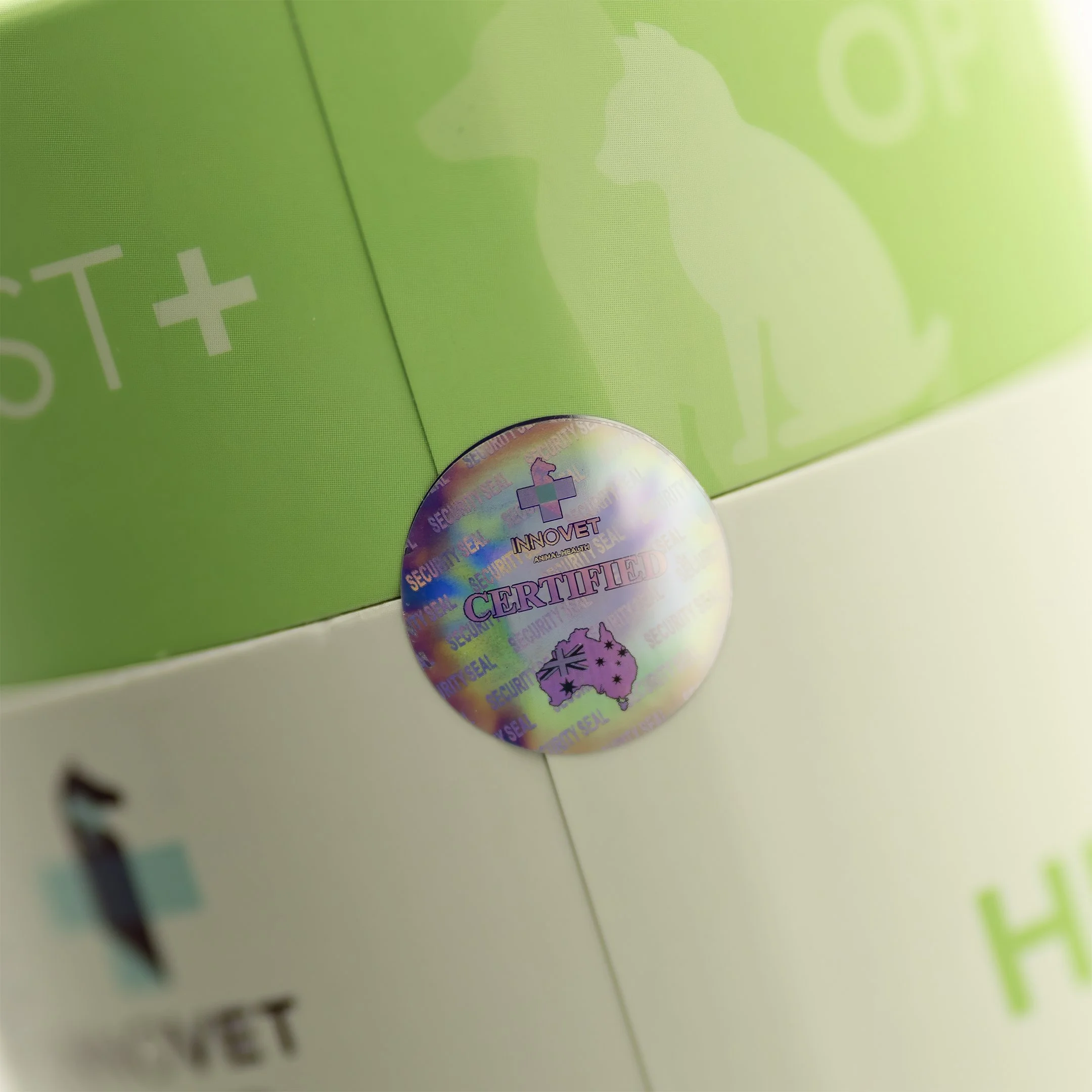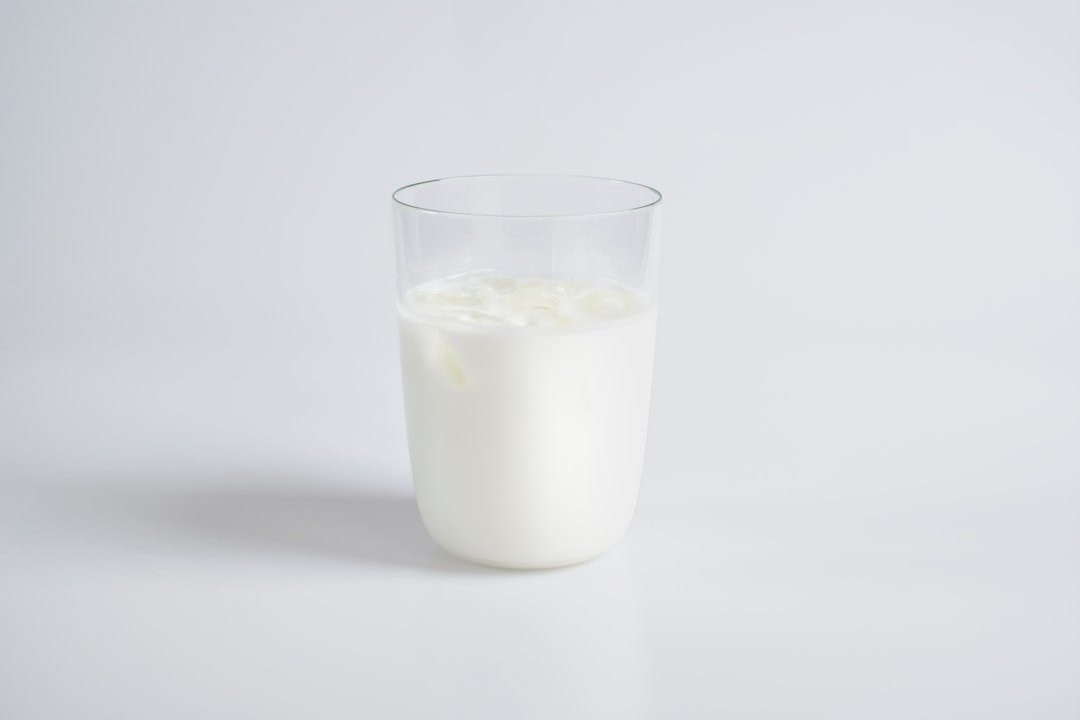Probiotics for Dogs: A Simple Guide to Better Gut Health
Why gut health matters
Your dog’s gut handles digestion, immunity, and energy. A balanced microbiome supports firm stools, steady appetite, calm skin, and a brighter mood. Stress, antibiotics, diet changes, and age can unsettle that balance. A clear gut health plan helps restore it.
Probiotics vs prebiotics vs postbiotics
Probiotics are live, beneficial bacteria you add to the diet.
Prebiotics are fibres that feed friendly bacteria (for example, GOS).
Postbiotics are helpful compounds those microbes produce.
Daily prebiotics support a strong base. You can add probiotics during higher-stress periods or after a vet visit.
Signs your dog may benefit
Soft stools, irregular bowel habits, or excess gas
Fussy appetite or mild nausea after meals
Itchy skin that flares with diet changes
Low energy after antibiotics or illness
Seniors that need gentler, easier digestion
Choosing a probiotic that actually helps
Look for simple, honest details on the label:
Named strains (e.g., Lactobacillus rhamnosus, Bifidobacterium animalis, Enterococcus faecium).
CFU per serve (colony forming units) stated clearly.
Stability (shelf-stable or cold-stored) and a use-by date.
No unnecessary additives that may upset digestion.
Dosing by body weight and a simple daily plan.
Tip: Pair probiotics with a prebiotic base to feed and stabilise the gut community.
Format and absorption
Powders mix easily with food. Capsules work for precise dosing. Chews are handy but can add calories. Choose what fits your routine. Consistency matters more than format.
Everyday habits that support the gut
Keep meals steady; avoid sudden switches.
Offer fresh water; mild dehydration upsets the gut.
Use small, frequent meals for sensitive dogs.
Add gentle exercise; rhythm helps the microbiome.
Track stools, appetite, and energy each week.
Common mistakes (and easy fixes)
Using human drinks with lactose or sweeteners → choose lactose-free pet nutrition.
Stopping too soon → give 2–4 weeks of steady use to build stability.
Ignoring the label → dose by weight for reliable outcomes.
Skipping the base → probiotics work best with prebiotic support.
Antibiotics and the microbiome
Antibiotics fight infection but can also reduce friendly bacteria. Many vets suggest a probiotic during and after antibiotics, plus a prebiotic to help repopulation. Leave a gap of a few hours between an antibiotic dose and a probiotic.
When to speak with your vet
Contact your vet for blood in stools, severe diarrhoea, vomiting that persists, pain, or sudden weight loss. Nutrition supports care; some cases need diagnostics or targeted diets.
A simple daily base: Health Boost+
Health Boost+ is a human-grade, lactose-free daily nutrition supplement for dogs (and cats). It supports gut comfort and everyday vitality with:
Hydrolysed protein for quick uptake and gentle digestion
Prebiotic GOS to nourish friendly bacteria
Essential vitamins and minerals for energy and resilience
Easy format: mix with water or use as a meal topper
Use Health Boost+ as your daily base, and add a vet-recommended probiotic during stress, after antibiotics, or when the gut needs extra help.
FAQs: Probiotics for Dogs
Are probiotics safe for daily use?
Yes, when you follow the label. Many dogs benefit from steady, gentle support.
Do I need both probiotics and prebiotics?
Prebiotics are a strong base. Add probiotics during stress or after vet advice.
How long until I see results?
Many dogs improve within 1–2 weeks; best stability often appears by 3–4 weeks.
Can puppies use gut supplements?
Yes, dose by weight. Choose gentle, lactose-free options and consult your vet for growing breeds.
Will this replace my dog’s food?
No. It complements a complete diet. Keep meals consistent for best results.
Key takeaways
Probiotics add helpful bacteria; prebiotics feed them.
A lactose-free, gentle routine supports steady stools, appetite, and energy.
Daily consistency over 2–4 weeks builds stable results.
Use a prebiotic base and add a probiotic as needed.








